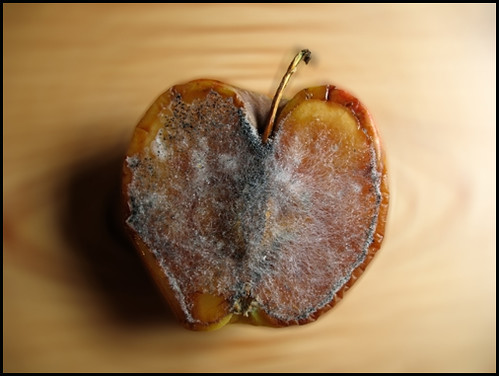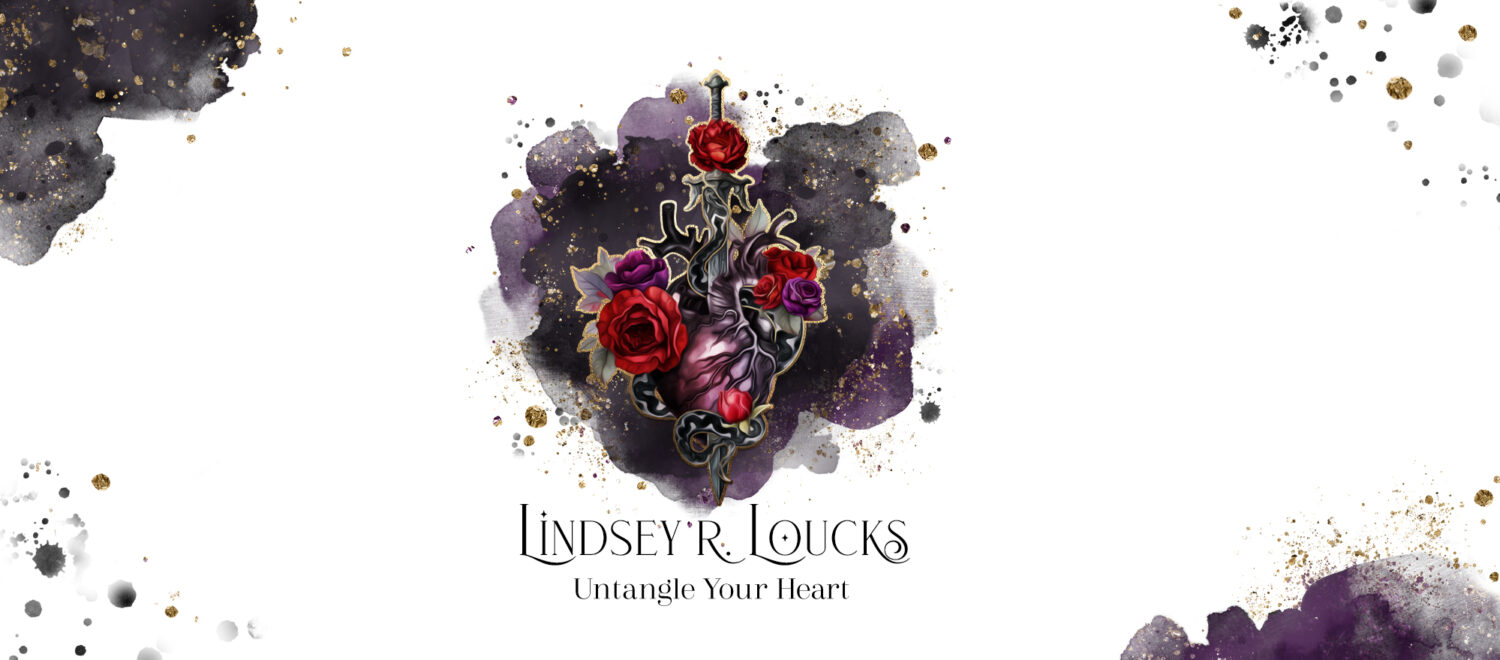Posts in Category: Description
Synesthesia: Hurray! It’s Not A Disease!
It’s that time again when I tell you to go out and buy the book Word Painting: A Guide To Write More Descriptively by Rebecca McClanahan. If you haven’t bought it yet, shame on you. If you have, don’t you just love it???
In her book, Rebecca discusses synesthesia, something I’d never heard of. It’s when you describe an object, person, or place by using one sense to suggest another. For example, what color is silence? What is the shape of grandma’s laughter? What does fear smell like?
I recently read a book where I thought synesthesia was successfully used. In Invincible Summer by Hannah Moskowitz, the main character has his first, um, “encounter” with a girl. The main character says his world turned purple during that particular moment. Did his world actually turn purple? Nope. But to him, that’s what color pleasure is.
Have any of you used synesthesia in your own writing? Have you seen it successfully used in other people’s writing?
Rotten Apples in the Desk: I Smell Something Icky

Oh, and one more thing! I’ve been having trouble posting on people’s blogs lately, so if it feels like I’ve vanished, blame Blogger!
Eye Against I

In today’s fast-paced world, it’s hard to actually notice our surroundings. For writers, that just won’t do. To draw your readers in so much that they’re matching their breaths to your main character’s is exactly what you need to achieve. One way to do that is to paint a clear picture that will grab the reader by the eyelids and fasten them to the pages. Ouch, yes, but it’s true.
In the book Word Painting: A Guide To Write More Descriptively, Rebecca McLanahan discusses ways to notice your surroundings to effectively paint your stories.
The Gliding Eye – Artist Claude Monet converted a boat into his floating studio. He did this to capture shadows and reflections, or movement. Sometimes to truly see things, we need to get moving. Endorphins power up our brains and help clear them, which is exactly what we need to slow down and see what ‘s happening around us.
The Dream Eye – Why is it when we have a vivid dream, we jump to our dream encyclopedias or Google to see what that vampire’s-face-turned-twisty-playground-slide really means? Why can’t we just savor the visual weirdness, feelings, and dialog? Our dreams reveal imagination. Look at them, remember them, but there’s no need to analyze them.
The Naked Eye – One of the many exercises in Word Painting is to study one object for a full ten minutes. Don’t let your mind wander. Pick the object up, smell it, taste it, memorize it. Then describe it. Here’s mine: A thousand tiny scratches blemish the yellow mixing bowl, inside and out, marking each assault of the egg beater, my crappy dishwasher, and time. Despite its rough handling, no chips or cracks have deformed it. The inside is glossy white and slippery enough to glide off your head should you wear it as a hat. It’s much too heavy to wear comfortably, though. A vague scent of Lemi-Shine, and now shampoo, brushes my nose. I lick the bowl, willing it to taste like brownie batter. But it tastes cold and glassy, not like brownie batter. 🙂
So yeah, this book rocked. My next few posts will be devoted to it’s awesomeness. Go forth and buy it here.
